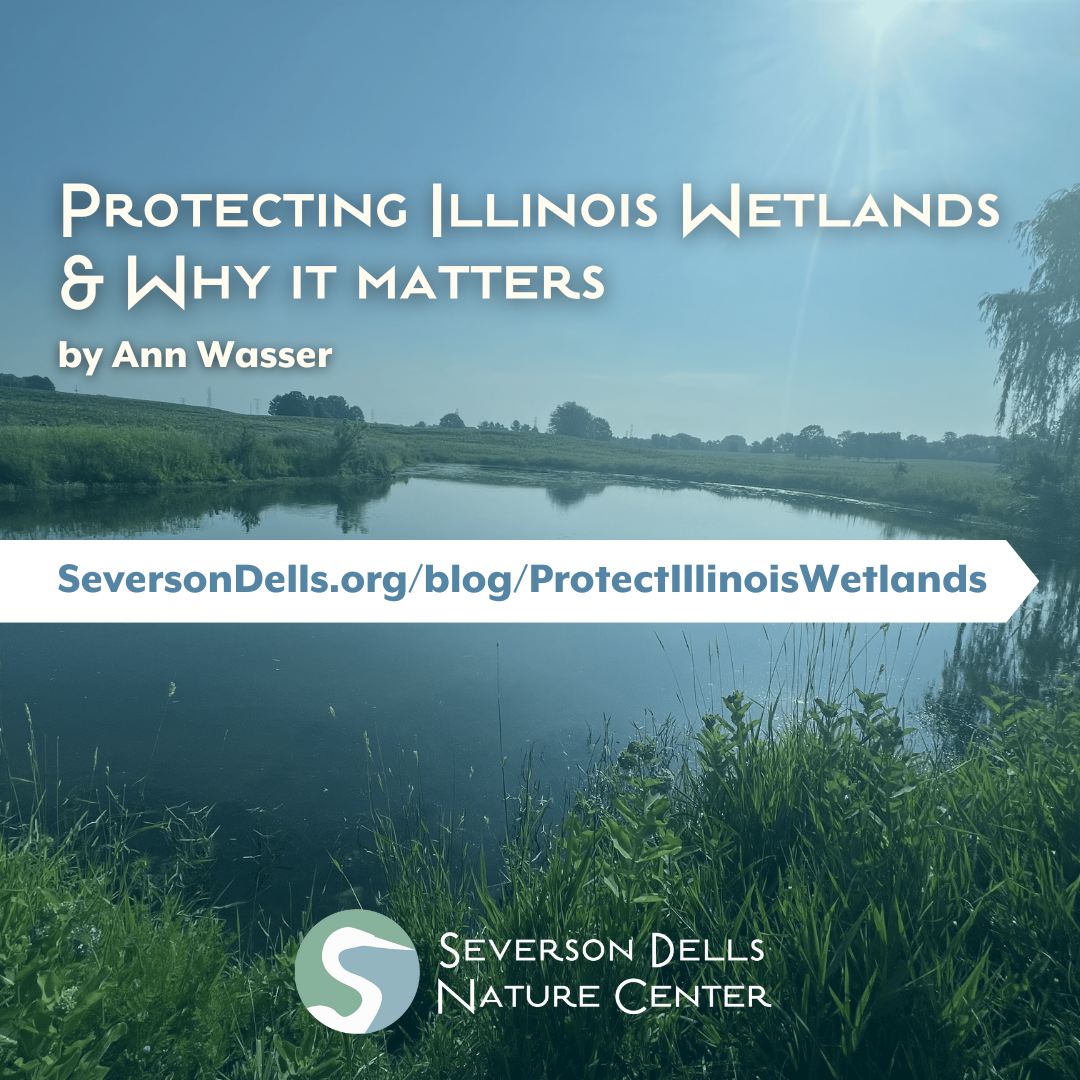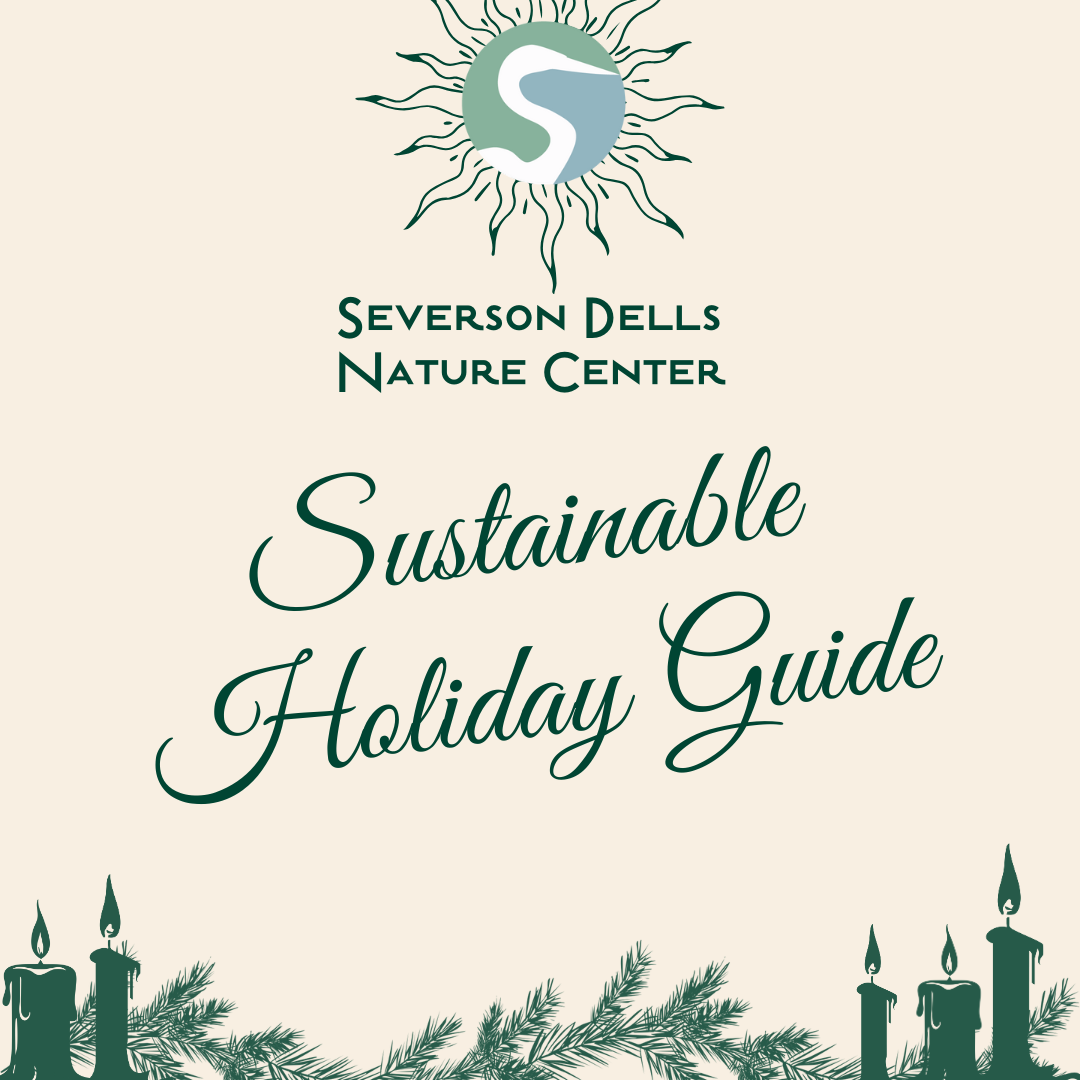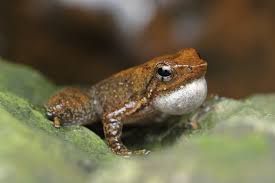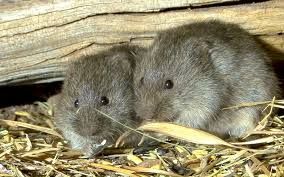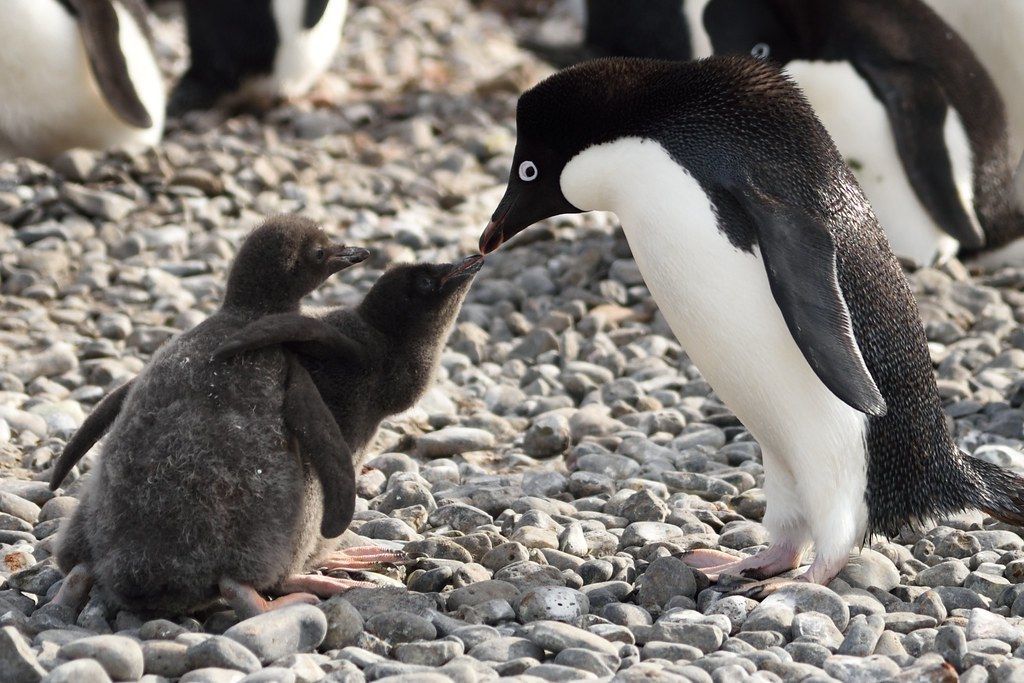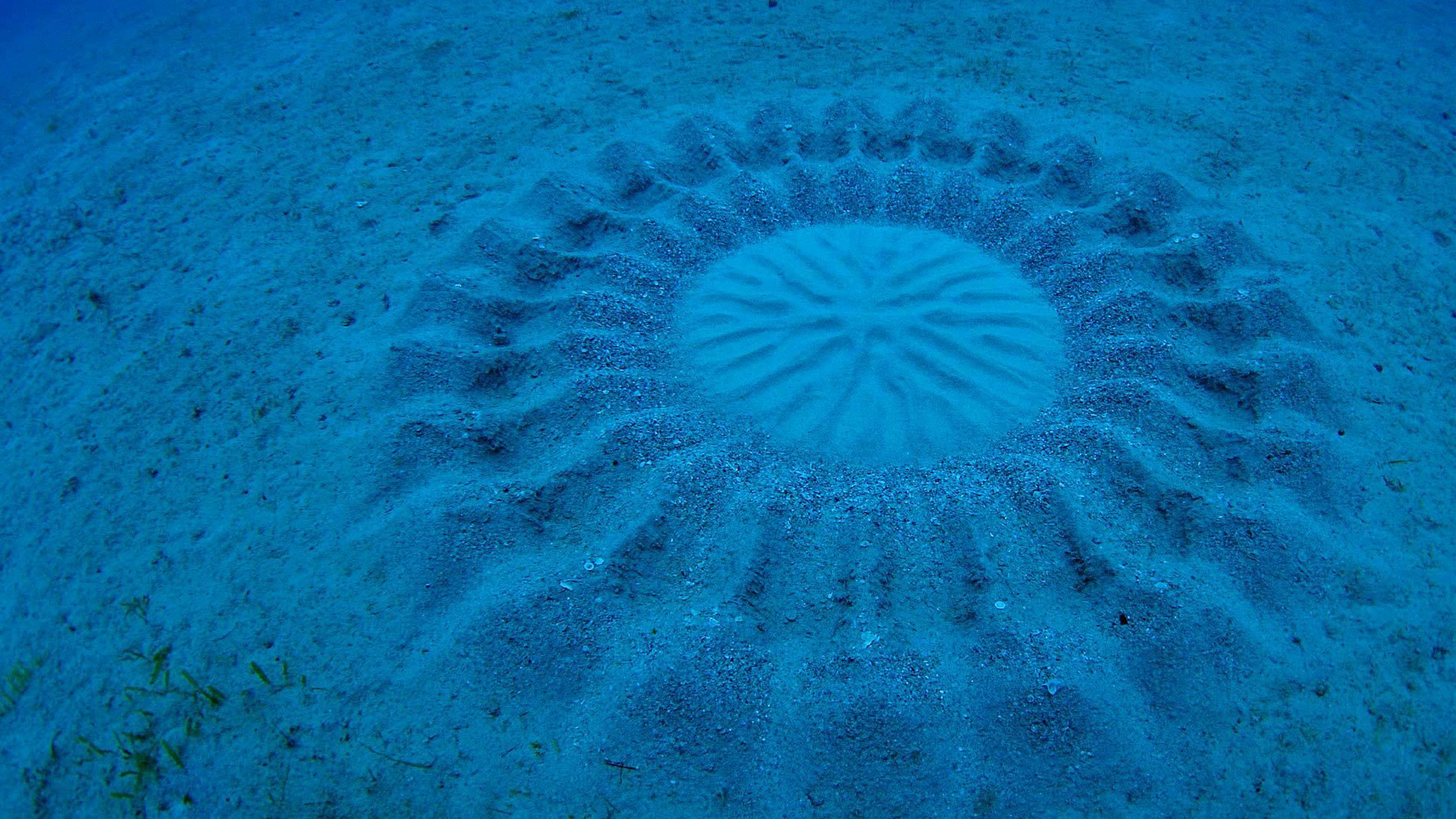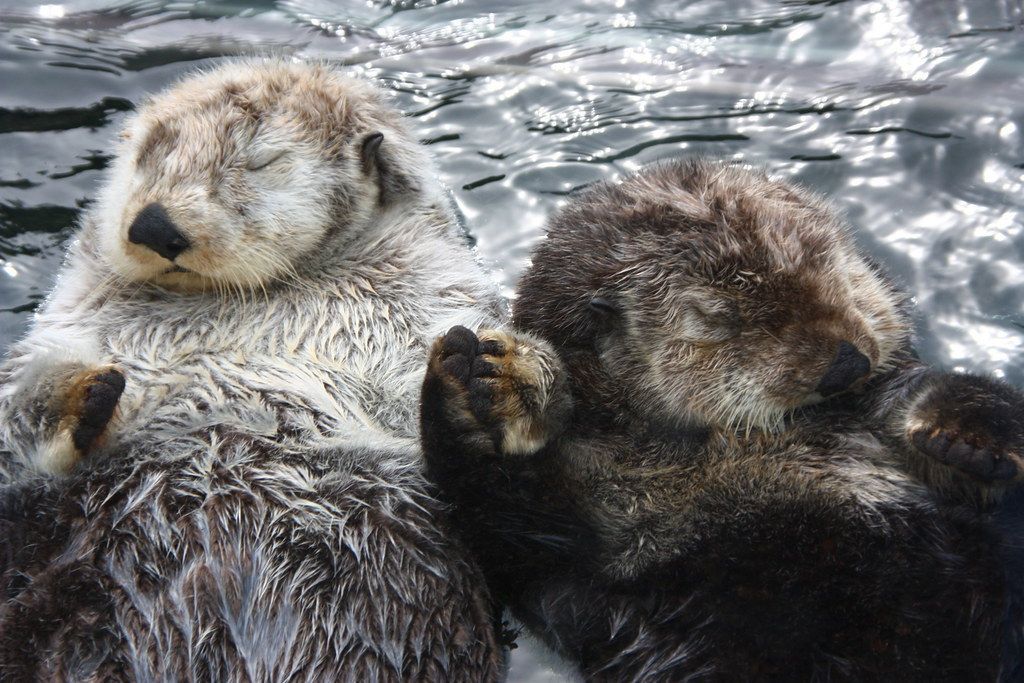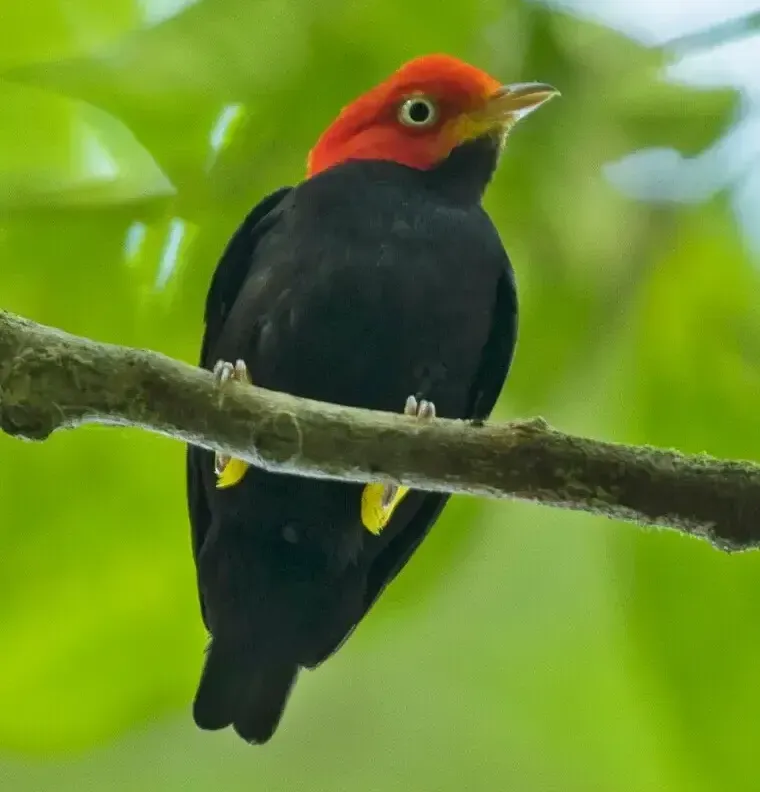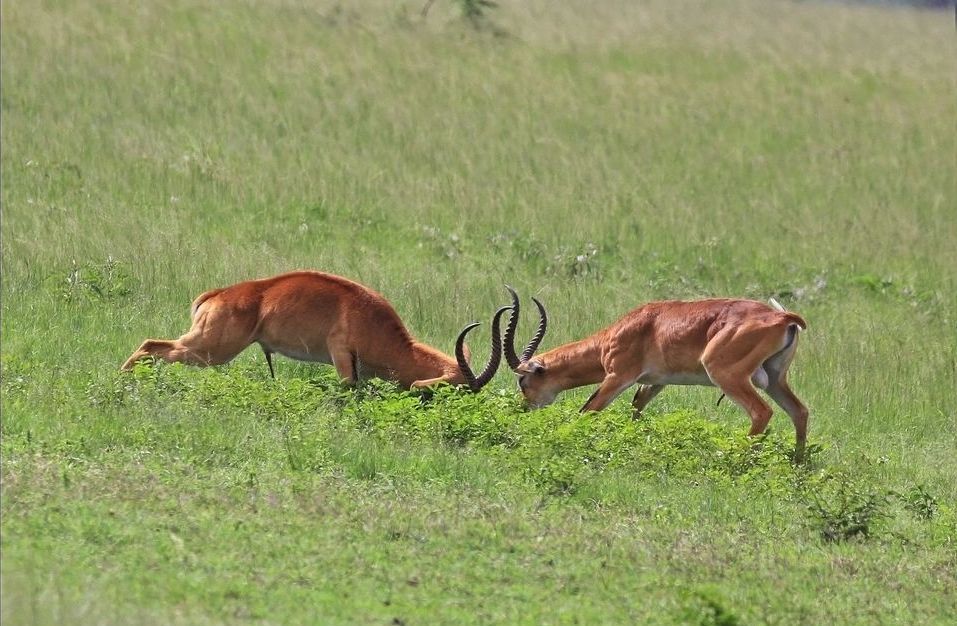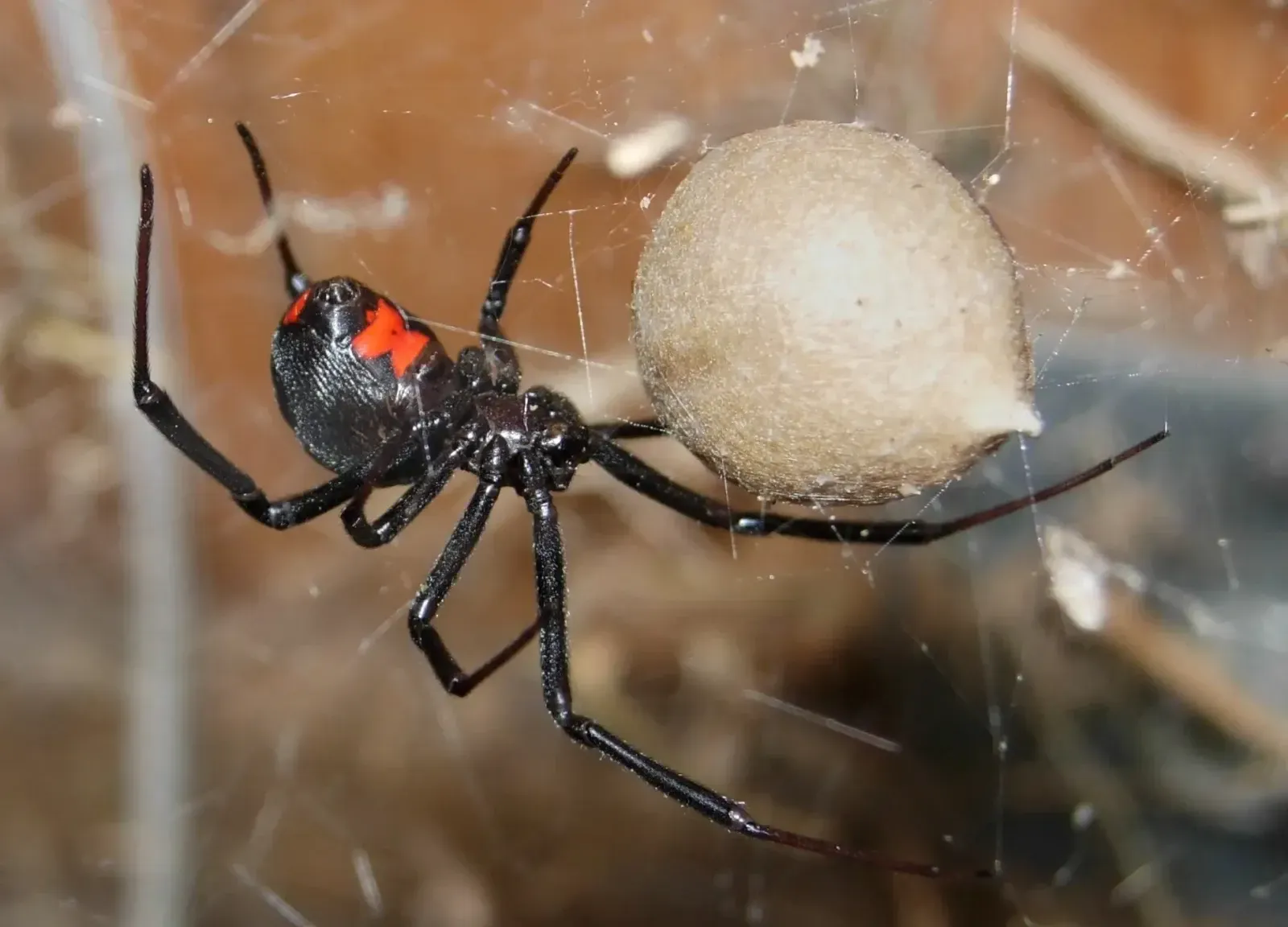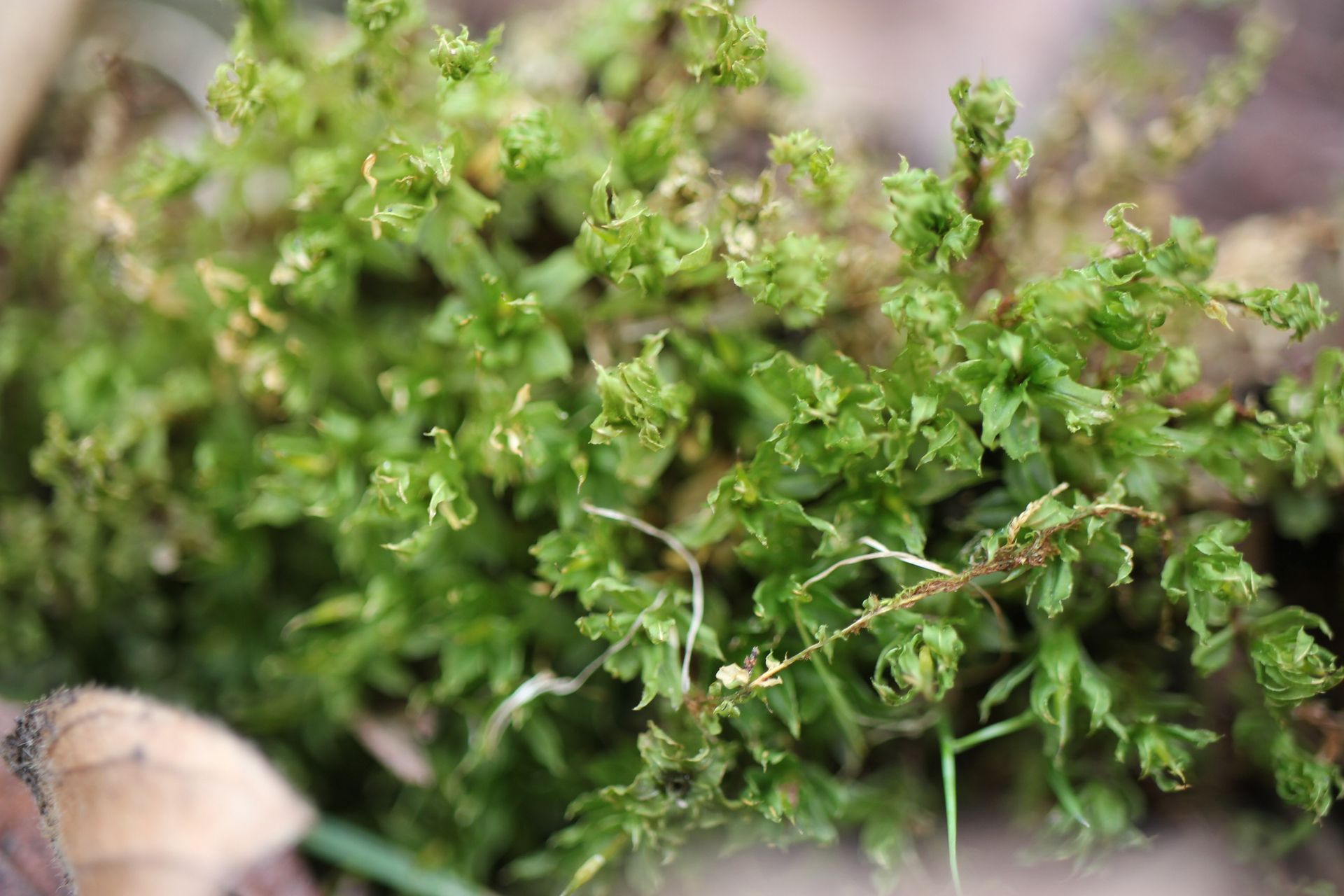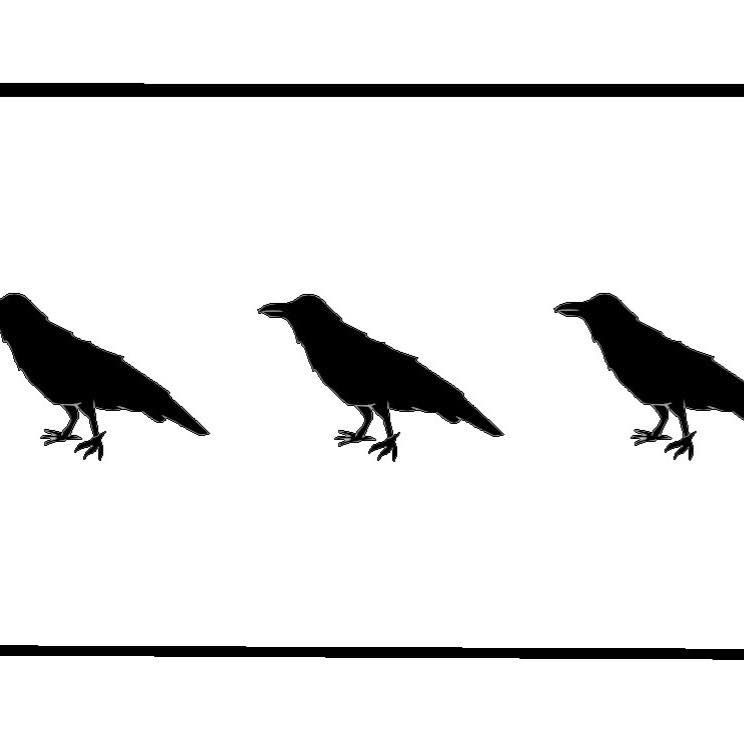Frogs extensively use vocalizations to find partners. Male frogs start their advertisement calls in the early spring and serve a few purposes to communicate a large amount of information with potential partners. In one pond there may be many types of frogs, but individual frog species have evolved to each have their own unique call so other frogs outside the pond can recognize the call of their species. Once two frogs of the same species find each other, the female assesses the quality of the male’s call. Within close range, the call tells the female the size, hormone levels, and overall fitness of the male suitor. To hear some frog music and how small frogs make themselves heard in a chorus of voices, take a look at the video by clicking the button below.
FIELD NOTES BLOG
Animal Courtship Ceremonies
Courtship Ceremonies
We at Severson Dells are centered around connecting people to nature but we recognize that people seek out all sorts of connections. It’s in our nature to look for romantic, friend, or familial connections! We give and experience love in all different ways to connect with others, with endearing words, spending time together, giving gifts, comforting touch, and lending a helping hand. However, you may not have heard of animals also using these connection points to seek out partners. Animals express and experience these in the form of animal courtship ceremonies through behaviors such as physical displays, vocalizations, and even death. In honor of Valentine's Day being the perfect opportunity to celebrate our connections with others, this is how some animals find love:
Vocalizations
Spending Time Together
Giving Gifts
A Helping Hand (or fin)
Comforting Touch
Dancing and ornamentation
Fighting
Death
Happy Valentine's Day!
Animals engage in various courtship rituals, ranging from sweet to aggressive. However, they all result in a crucial bond between two individuals of the same species if the process is successful which, in the case of the prairie voles, can last a lifetime. Each of these ceremonies has been carefully perfected over generations and is passed on to the young through instinct, genetics, or taught social behaviors to find connection and love. All of us on the Severson Dells team wish you a lovely Valentine’s Day full of forging connections to others and nature!
Sources
San Diego Natural History Museum - Frog Calls: What Are They Really Saying?
BBC Earth - Frog's Incredible Mating Technique | Earth's Tropical Islands
Scientific American - Monogamous Prairie Voles Reveal the Neurobiology of Love
WWF - 10 facts about Adélie penguins
BBC One Frozen Planet - Criminal Penguins
PBS - A Pufferfish's Masterpiece | Big Pacific: Mysterious
Oceana - Sea Creatures Keep The ‘Love’ Alive with Romantic Gestures
BBC Earth - Sea Otters Hold Hands To Survive The Dangers Of The Open Ocean
Nat Geo Animals - Birds "Moonwalk" to Impress the Ladies | World's Weirdest
BBC Earth - Kob Mating Ritual | The Great Rift: Africa's Wild Heart
National Park Service - White-Tailed Deer Mating
NBC News - Deadly spider requires long courtship — or else
Discovery News - Spider mating is dangerous for some

RECENT ARTICLES
